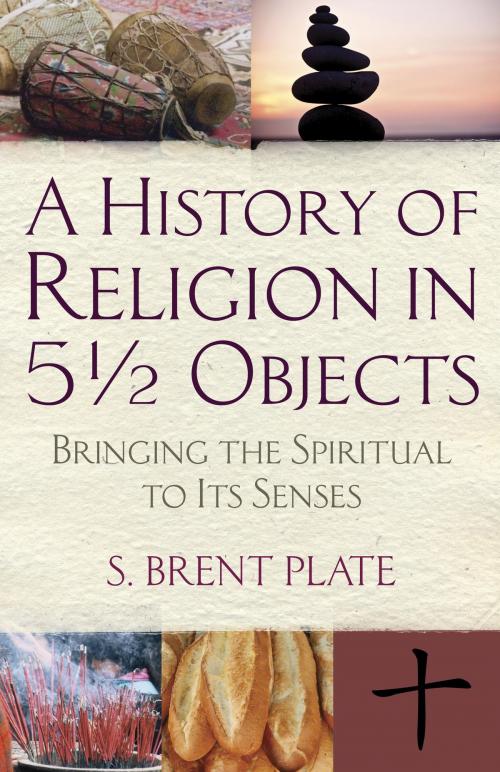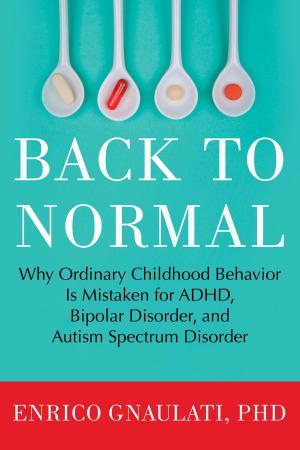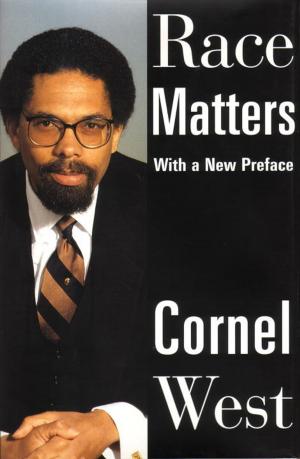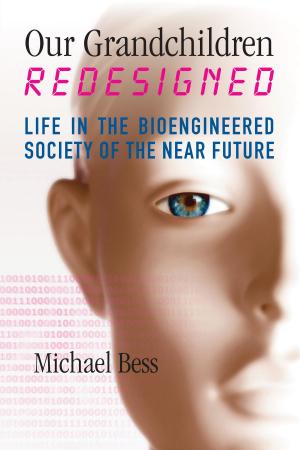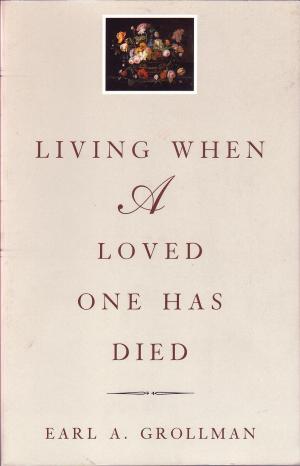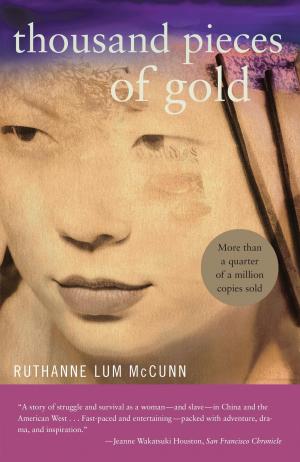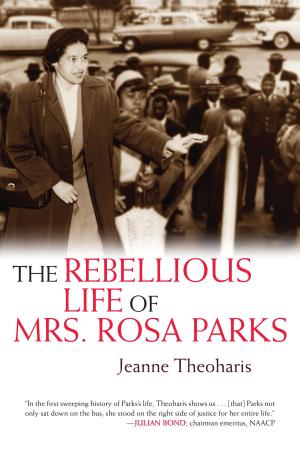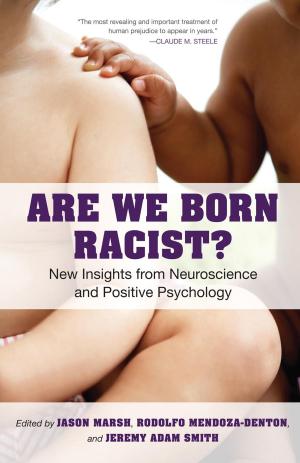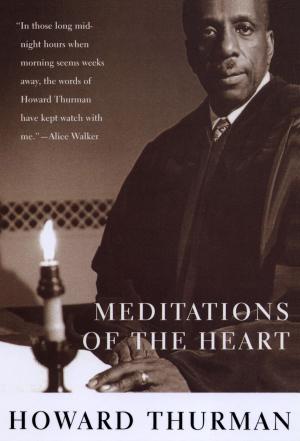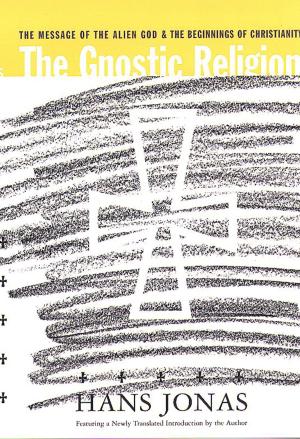A History of Religion in 5½ Objects
Bringing the Spiritual to Its Senses
Nonfiction, Religion & Spirituality, Reference, Ritual & Practices, Comparative Religion, History| Author: | S. Brent Plate | ISBN: | 9780807033128 |
| Publisher: | Beacon Press | Publication: | March 11, 2014 |
| Imprint: | Beacon Press | Language: | English |
| Author: | S. Brent Plate |
| ISBN: | 9780807033128 |
| Publisher: | Beacon Press |
| Publication: | March 11, 2014 |
| Imprint: | Beacon Press |
| Language: | English |
A leading scholar explores the importance of physical objects and sensory experience in the practice of religion.
** **
Humans are needy. We need things: objects, keepsakes, stuff, tokens, knickknacks, bits and pieces, junk, and treasure. We carry special objects in our pockets and purses, and place them on shelves in our homes and offices. As commonplace as these objects are, they can also be extraordinary, as they allow us to connect with the world beyond our skin.
A History of Religion in 5½ Objects takes a fresh and much-needed approach to the study of that contentious yet vital area of human culture: religion. Arguing that religion must be understood in the first instance as deriving from rudimentary human experiences, from lived, embodied practices, S. Brent Plate asks us to put aside, for the moment, questions of belief and abstract ideas. Instead, beginning with the desirous, incomplete human body (symbolically evoked by “½”), he asks us to focus on five ordinary types of objects—stones, incense, drums, crosses, and bread—with which we connect in our pursuit of religious meaning and fulfillment.
As Plate considers each of these objects, he explores how the world’s religious traditions have put each of them to different uses throughout the millennia. We learn why incense is used by Hindus at a celebration of the goddess Durga in Banaras, by Muslims at a wedding ceremony in West Africa, and by Roman Catholics at a Mass in upstate New York. Crosses are key not only to Christianity but to many Native American traditions; in the symbolic mythology of Peru’s Misminay community, cruciform imagery stands for the general outlay of the cosmos. And stones, in the form of cairns, grave markers, and monuments, are connected with places of memory across the world.
A History of Religion in 5½ Objects is a celebration of the materiality of religious life. Plate moves our understanding of religion away from the current obsessions with God, fundamentalism, and science—and toward the rich depths of this world, this body, these things. Religion, it turns out, has as much to do with our bodies as our beliefs. Maybe even more.
A leading scholar explores the importance of physical objects and sensory experience in the practice of religion.
** **
Humans are needy. We need things: objects, keepsakes, stuff, tokens, knickknacks, bits and pieces, junk, and treasure. We carry special objects in our pockets and purses, and place them on shelves in our homes and offices. As commonplace as these objects are, they can also be extraordinary, as they allow us to connect with the world beyond our skin.
A History of Religion in 5½ Objects takes a fresh and much-needed approach to the study of that contentious yet vital area of human culture: religion. Arguing that religion must be understood in the first instance as deriving from rudimentary human experiences, from lived, embodied practices, S. Brent Plate asks us to put aside, for the moment, questions of belief and abstract ideas. Instead, beginning with the desirous, incomplete human body (symbolically evoked by “½”), he asks us to focus on five ordinary types of objects—stones, incense, drums, crosses, and bread—with which we connect in our pursuit of religious meaning and fulfillment.
As Plate considers each of these objects, he explores how the world’s religious traditions have put each of them to different uses throughout the millennia. We learn why incense is used by Hindus at a celebration of the goddess Durga in Banaras, by Muslims at a wedding ceremony in West Africa, and by Roman Catholics at a Mass in upstate New York. Crosses are key not only to Christianity but to many Native American traditions; in the symbolic mythology of Peru’s Misminay community, cruciform imagery stands for the general outlay of the cosmos. And stones, in the form of cairns, grave markers, and monuments, are connected with places of memory across the world.
A History of Religion in 5½ Objects is a celebration of the materiality of religious life. Plate moves our understanding of religion away from the current obsessions with God, fundamentalism, and science—and toward the rich depths of this world, this body, these things. Religion, it turns out, has as much to do with our bodies as our beliefs. Maybe even more.
